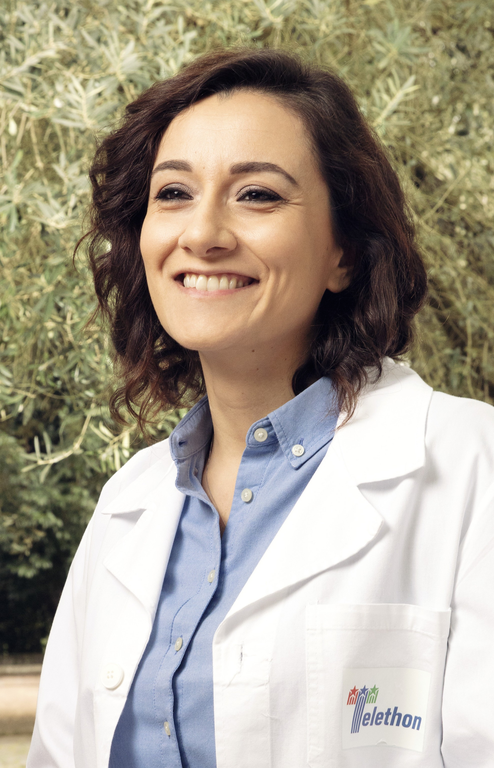Raffaella Di Micco, PhD - "Cellular Senescence: an unintended twist for gene and cell therapy applications"
- When Dec 07, 2021 from 12:00 PM to 01:30 PM (Europe/Berlin / UTC100)
- Where Tigem Auditorium Vesuvius
- Contact Name Antonella De Matteis
- Contact Phone 081-19230659
-
Add event to calendar
iCal
- https://www.tigem.it/newsroom/seminars/raffaella-di-micco-phd-cellular-senescence-an-unintended-twist-for-gene-and-cell-therapy-applications
- Raffaella Di Micco, PhD - "Cellular Senescence: an unintended twist for gene and cell therapy applications"
- 2021-12-07T12:00:00+01:00
- 2021-12-07T13:30:00+01:00
 Raffaella Di Micco, PhD
Raffaella Di Micco, PhD
San Raffaele Telethon Institute for Gene Therapy, Milan, Italy
New York Stem Cell Foundation Robertson Investigator
Short CV
Abstract
The success of Hematopoietic Stem and Progenitor Cell (HSPC) gene therapies critically depends on the capacity to genetically engineer HSPCs without compromising their functional properties. Emerging evidence, including our own, indicates that HSPC exposure to currently available gene transfer and gene editing technologies –which require prolonged ex-vivo culture, high viral vector doses and nuclease-induced DNA double strand breaks– unexpectedly converge on the DNA damage response (DDR), a signaling cascade leading to cell cycle arrest. Protracted DDR impairs the hematopoietic reconstitution of gene-modified cells upon transplantation; instead, its transient inhibition significantly improves their functionality. This experimental evidence uncovers a previously unappreciated interplay between viral vector sensing and the host cell DDR machinery in human HSPCs. Yet, we have just scratched the surface of a plethora of still unexplored cellular programs potentially hampering the clonal composition and the dynamics of reconstitution upon transplantation of this primitive cell compartment. We build on the innovative concept that current gene engineering protocols may inadvertently trigger the activation of a cellular senescence program in HSPCs with both cell-autonomous and paracrine short- and long-term consequences on engineered human hematopoiesis. By employing quantitative imaging and cutting-edge genomic technologies and taking advantage of uniquely available gene therapy platforms and primary patient samples, we will identify the molecular determinants that promote senescence in HSPCs and design innovative hypothesis-driven strategies to mitigate senescence barriers for more effective, safer and clinically broader gene therapy applications. Our findings will unveil a new set of mechanisms controlling the biology of gene-engineered HSPCs and open novel scientific horizons for the development of innovative gene and cell therapies.
